Retro Inspiration, Modern Performance – FiiO K17 Desktop DAC / Headphone Amplifier
FiiO K17 is the $899 USD Desktop DAC / Headphone Amplifier which employs a Flagship AKM DAC solution, relying on AK4191 + AK4499EX*2 DACs, combined with an extremely powerful 4000mW + 4000mW headphone amplifier inside. Today we will review the K17 and compare it with other similarly priced Desktop DACs / Headphone Amplifiers including Rose Technics RT-5000 (699 USD), HIFIMAN EF600 (799 USD) and FiiO K9 PRO ESS (849 USD). Pairings with high-end IEMS and Headphones will be included including how K17 pairs with HIFIMAN Susvara Unveiled (8000 USD) and Moritz Dragon (629 USD).
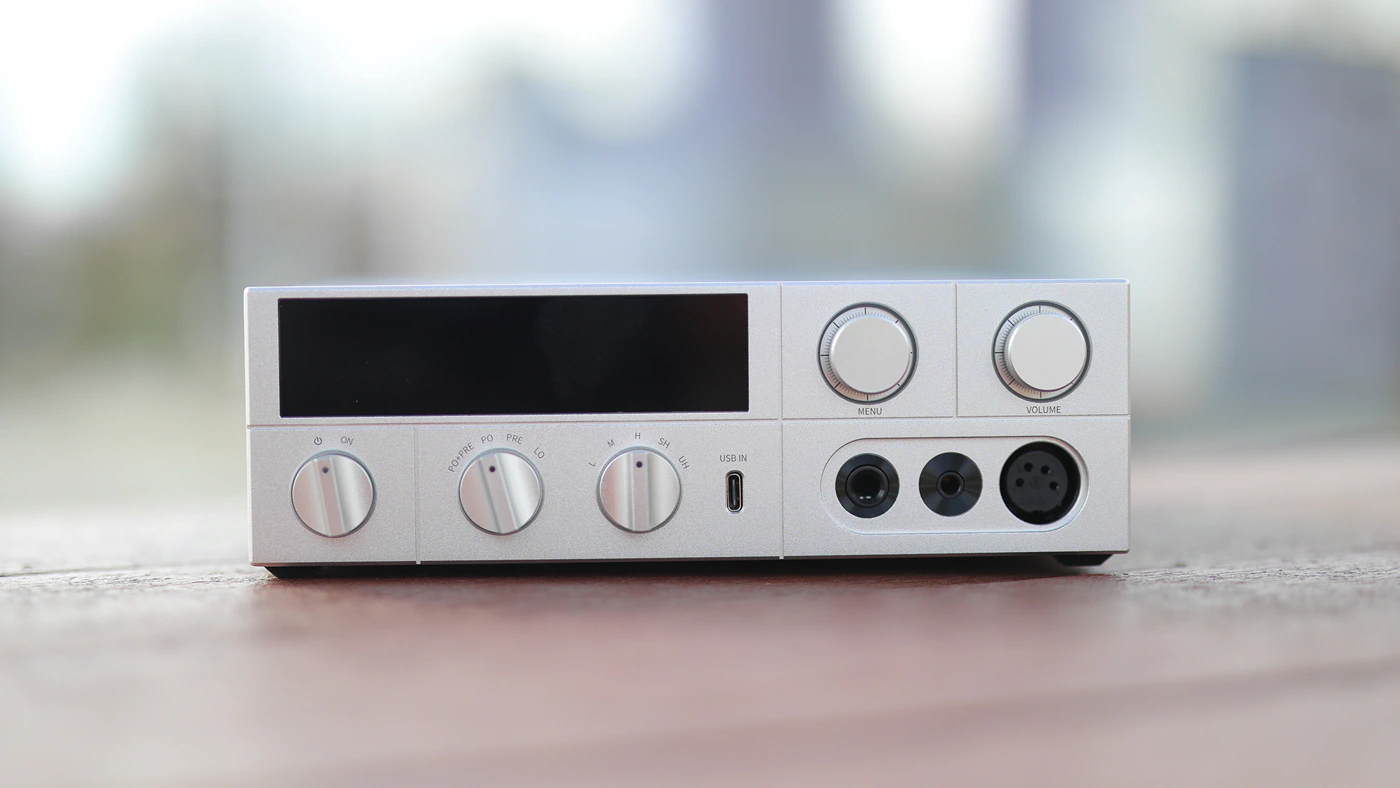
Product Link
Amazon – https://amzn.to/43xSFO6
Aliexpress – https://s.click.aliexpress.com/e/_oEixUWK
Introduction
Right from the start FiiO has been one of the most popular Chifi producers in the whole world, and I remember that when I first discovered HiFi Audio in 2010, FiiO was all the fire, so it is nice to still see them at the center of the audio scene, but oh, how times have changed, FiiO now has high-end flagship products in their selection, and K17 is such a product. We’ve reviewed the K9 PRO ESS before, so today we study how FiiO evolved, what direction, how K17 is different and whether it is an upgrade from the route FiiO took previously.
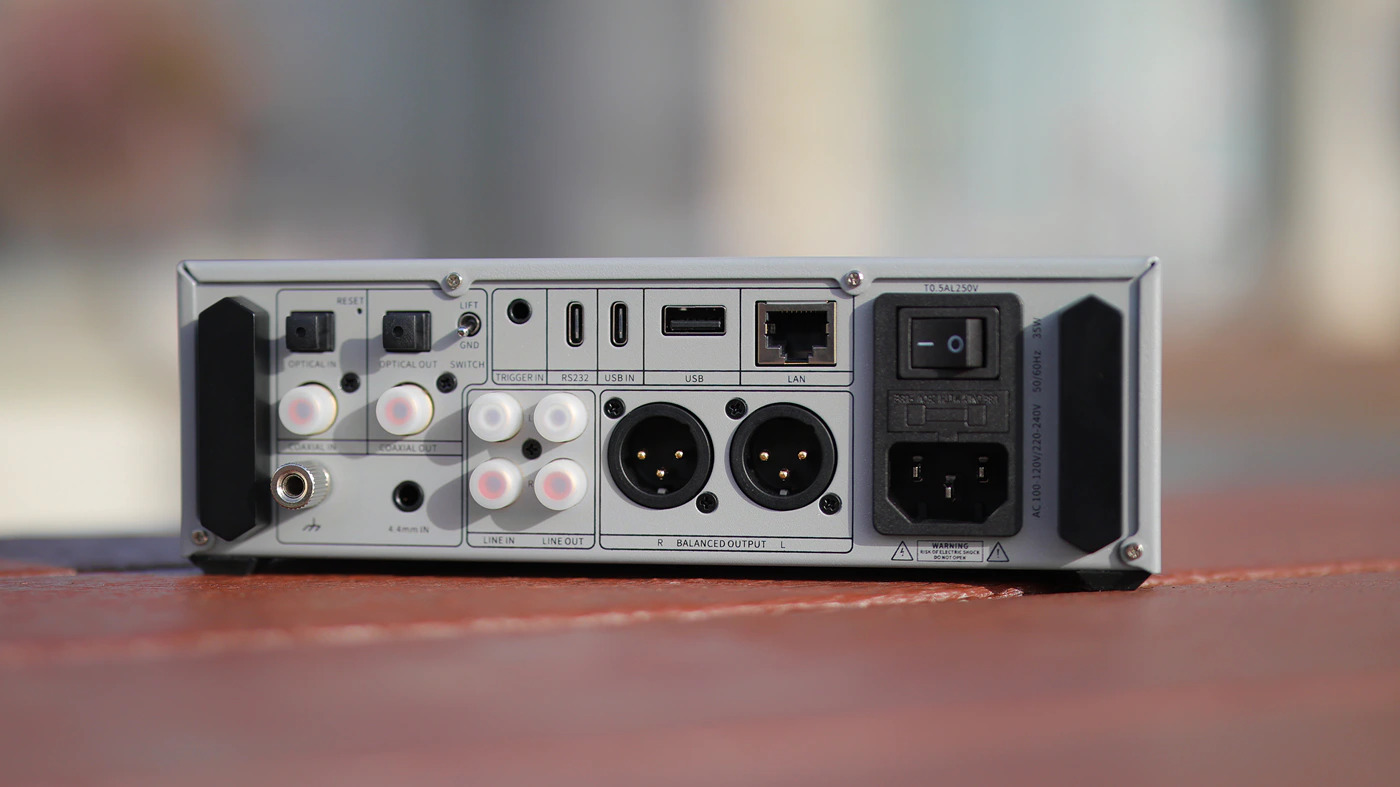
As an Amazon Influencer, I earn from qualifying purchases, and using the purchase links in my reviews helps me maintain this website and Youtube Channel. Huge thanks to FiiO for providing us with the sample for this review.
Build Quality/Aesthetics
Starting with the core, and we have an AK4191 + AK4499EX * 2 DAC configuration at the core, which is one of the most unique implementations around. To supplement the incredible DAC, K17 features an M51586Q DSP chip, capable of double-precision 64-Bit floating point calculations, and it is complemented by an ES9821Q ADC. This configuration allows the user to use a 31-Bant EQ in all usage modes, creating what is basically the most efficient, best sounding EQ available for a desktop user.
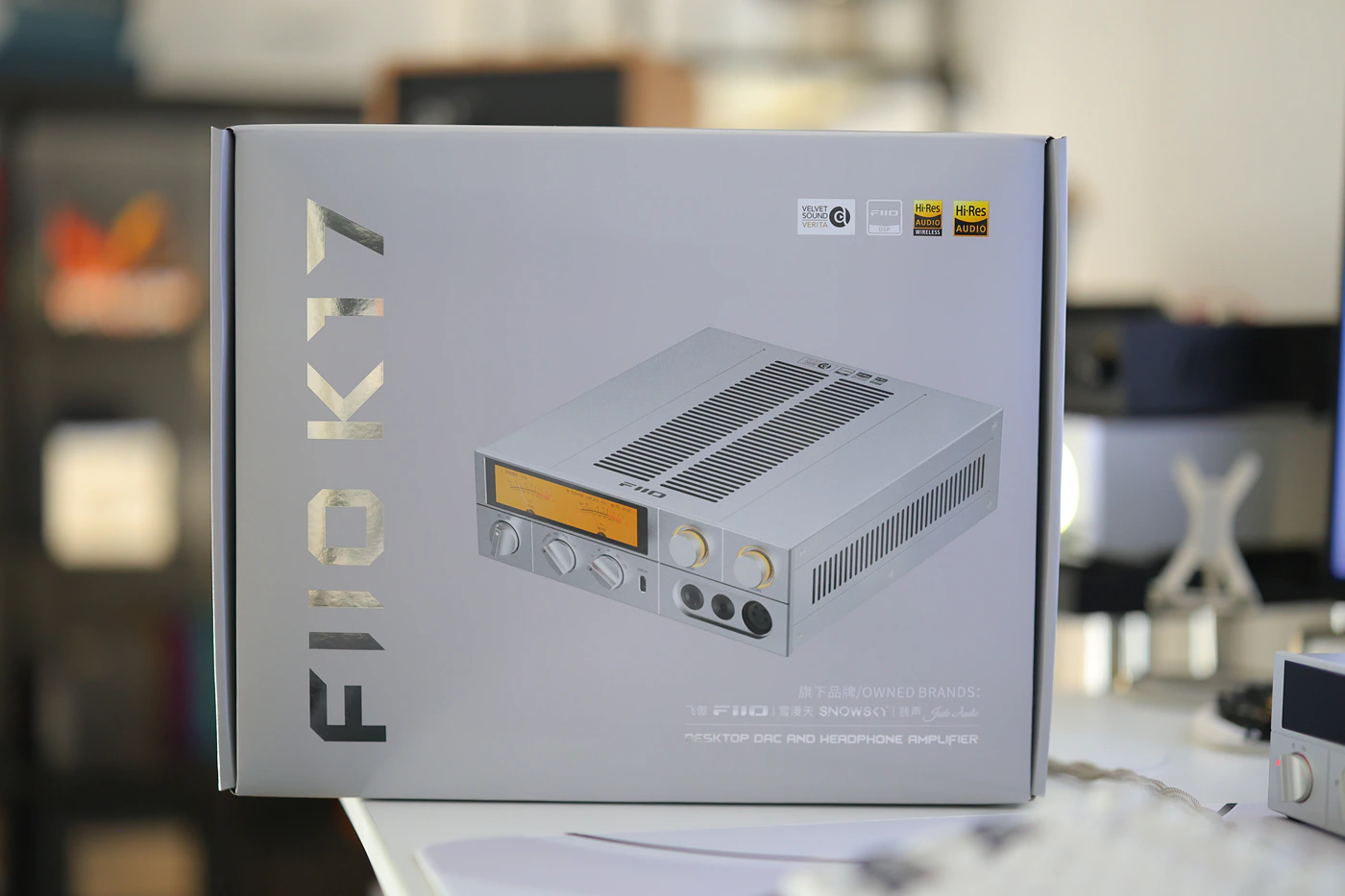
In fact, K17 is capable of much more than just the usual EQ, and we have a DEL or Dual engine Limiter, which allows it to implement Dynamic Range Compression / DRC or Dynamic Range Expansion, limiter, and compressor adjustment functions. PCM signals up to 96 kHz can be processed without a sample rate conversion, and you can adjust this EQ with steps between +12 and -24 dB, with Q values between 0.4dB and 128dB (broad or narrow bands). Not only this, but you can easily import and export PEQ settings to share those with your friends.
The headphone AMP is a Class AB transistor current amplification block, with Classic ON Semiconductor MJE243/253 Transistors. This allows K17 to produce the high current with low output impedance, that we have seen, allowing for up to 4000 mW + 4000 mW, double of what K9 PRO ESS can offer.
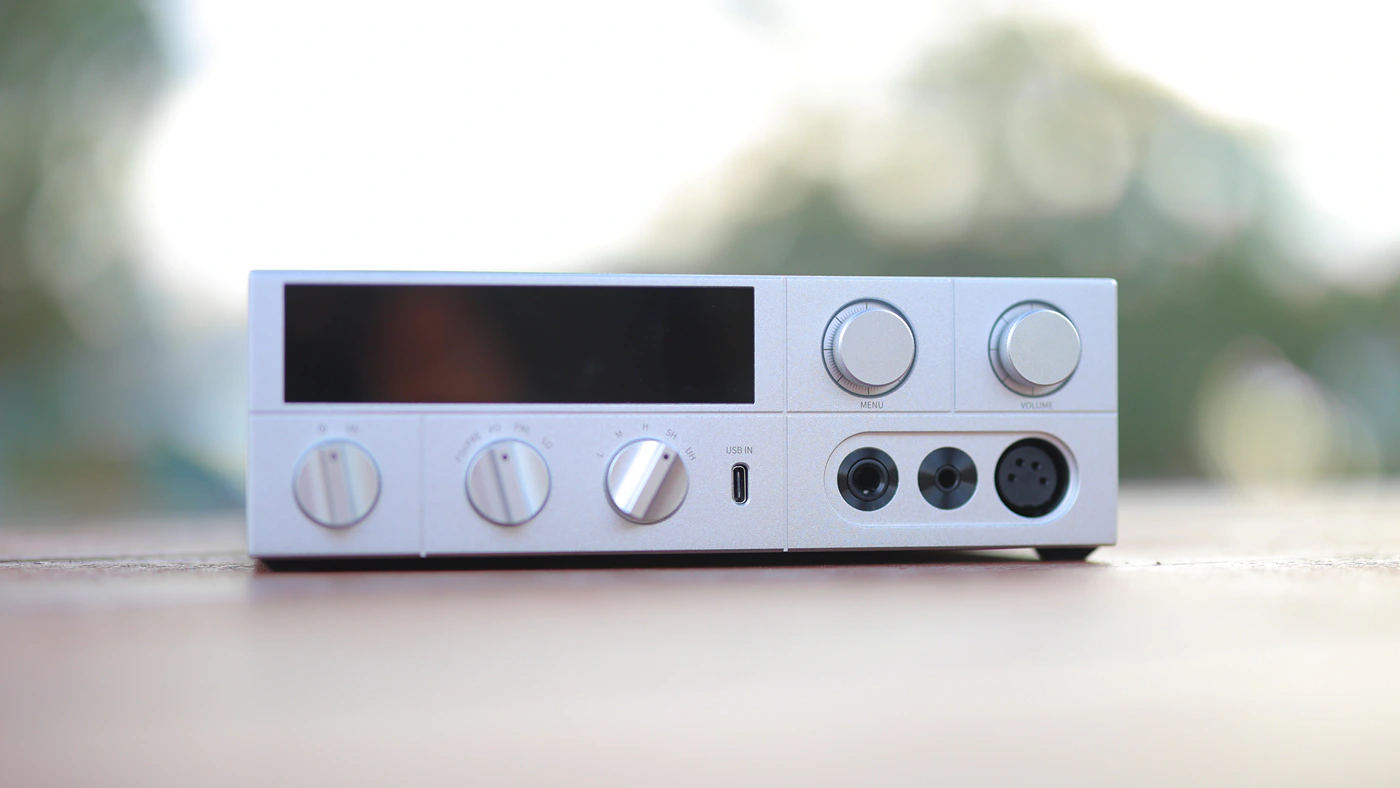
When reading the circuit diagram of the K17, I noticed that the DAC module has an AK4191EQ chip orchestrating the actual signal decoding, and the whole device is fully balanced, using a pair of AK4499EXEQ DACs in tandem to create the audio signal, together with 2 OPA1612 chips per channel. This is further sent to a LPF that also uses OPA1612 chips, a volume control block that uses NJW1195A controller, and the Transistor AMP circuit follows for actually powering your headphones.
Digital board, internal power supply and analog amplification circuits are found on separate boards, for the best signal processing possible speaking of the power supply, we have a 35W Low-Noise Linear Power Supply with five 4700uF Electrolytic Capacitors. In fact, the power supply is separate for the analog and digital circuits, with a multi-stage power supply. To really complement the entire setup, we have 4 Sets of oxygen-free copper connecting cables and Netrik Gold-Plated connectors.
USB DAC / Subjective Usage
I was not aware that the display is a touch screen for a long while, so that is the first thing I should mention subjectively, because I did not know how to access the menus and settings for a really long while. Besides that, K17 is a nice DAC AMP, it looks big, grows quite hot during usage, but it has beautiful LED ring lights around the volume and menu wheels. At the front you can find the three headphone outputs, 6.3mm single ended and 4.4mm balanced + XLR balanced.
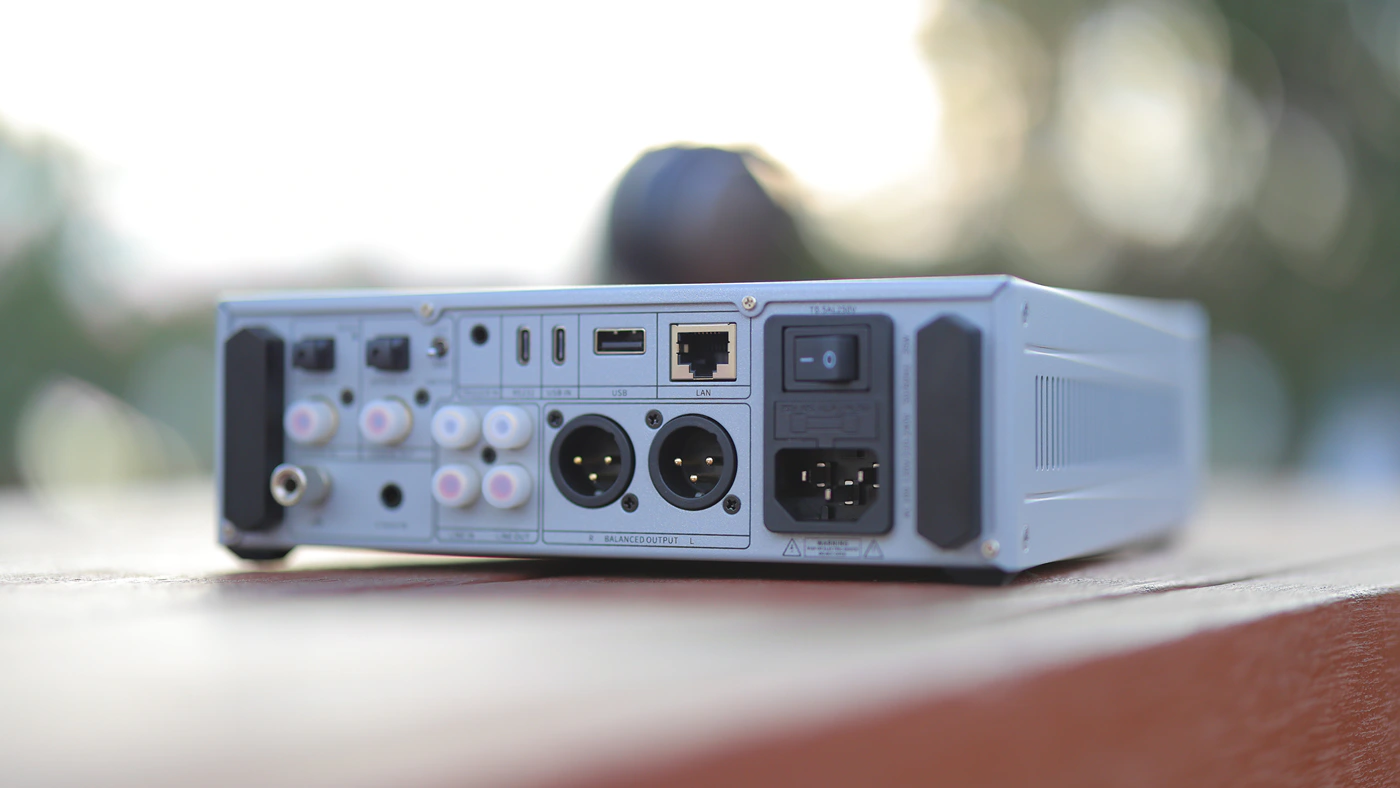
As you can quickly cycle between PRE and Headphone AMP functions, quickly turn it on and off, and quickly set the gain level, things are quite clean and satisfying when using K17. USB DAC works perfectly, in real time, with no delay, response is instant, or lower than 8 ms, so you will not notice even a single frame of delay.
Headphone driving power is excellent, background noise is non-existent when using K17 as a PRE / DAC, and it simply works. The only real downside is how hot it runs, it is cooler than Aune S17 PRO, but still it feels warm to the touch. This is tightly connected with the fact it has the power delivery inside. All advertised features work beautifully well.
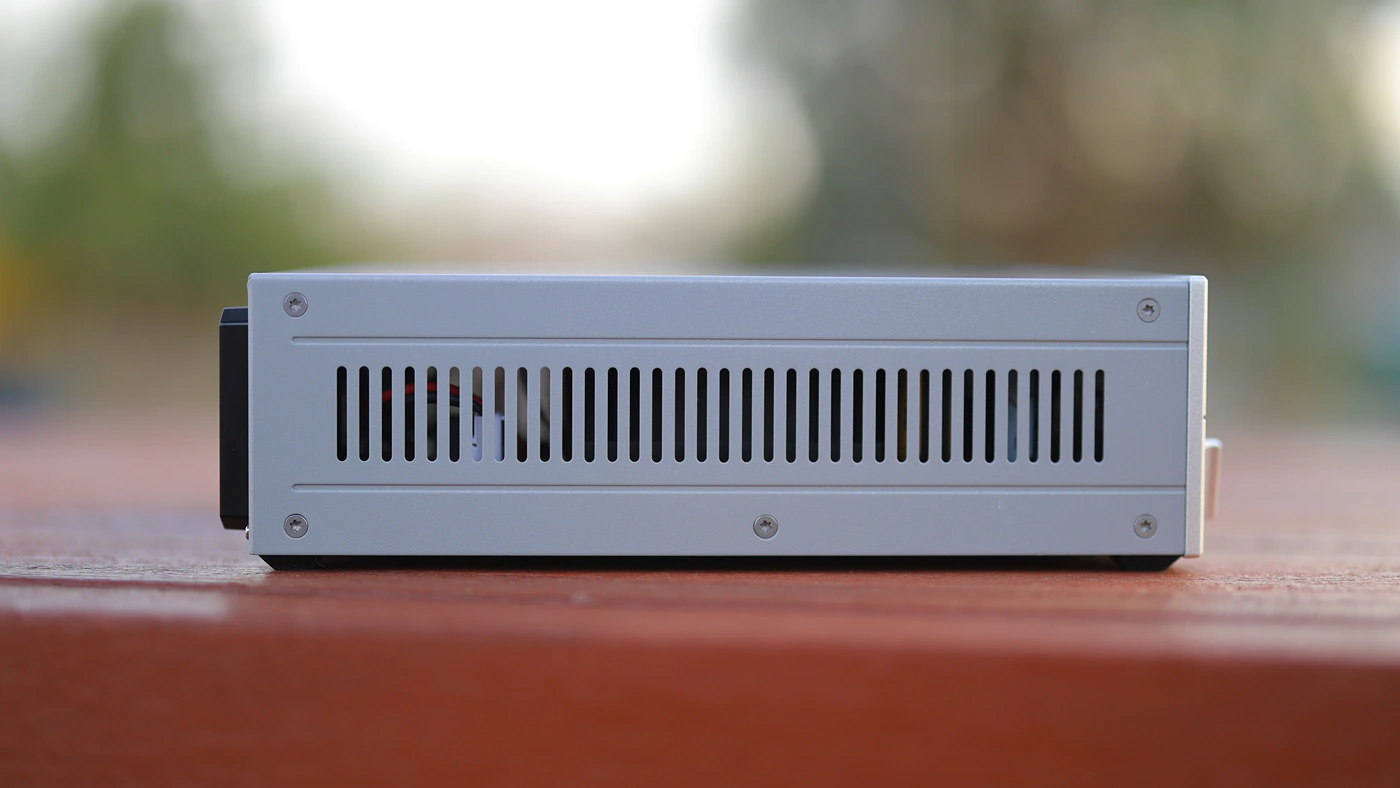
I actually was surprised to see and hear how K17 offers the highest number of operating modes out of all DAC / AMPs I reviewed so far, having 8 operating modes, including
- USB Decoding – the Xmos 16-Core XU316 allowing for support up to 768 kHz / 32 Bit and DSD 512, and MQA full decoding
- Optical Decoding
- Single Ended Line input – To use K17 as a headphone amplifier only
- Streaming media receiver, with Roon Ready and Airplay
- Bluetooth Decoding – Based on the QCC5125 high-end BT chip, with support for BT 5.1, and aptX HD, aptX Adaptive and LDAC codecs
- Coaxial Decoding
- Balanced input
- Local playback, if you connect an external USB Flash drive
FiiO premises multiple protection systems, including Output DC protection, Power input overcurrent protection, Headphone AMP temperature protection, transformer temperature protection and output overload protection. I noticed that if I have my headphones plugged in, I will not see a pop sound when turning K17 on and off.
K17 is also fast in the wireless and wired connections, supporting Gigabit speeds, with the AP6256 WiFi module supporting both 2.4 GHz and 5.0 GHz networks. Bonus, you also get a nifty remote, although I find that less useful as I keep K17 on my desk and I would much rather reach for it to adjust things manually, as I love the buttons and control knobs.
Sound Quality
Pairings and Match-up – To test the new FiiO K17 DAC / Headphone AMP, I have paired it with both IEMs and Full-Sized Headphones, and for the IEM list I have used Tin HIFI P1 MAx II, Simgot EM10, HarmonicDyne Devil, and Soundz Flame. The headphone list includes Palma DHS-1, Audeze MM-100, Erzetich Mania V2024, Crosszone CZ-8a Enhanced. Quite interesting, but K17 is incredibly quiet for having a set of active speakers connected to it. This means that you will not hear any kind of background hiss or noise if you have full active amplifiers and passive speakers either, so you can use it as a DAC for a monoblock setup with no worries of audible noise.
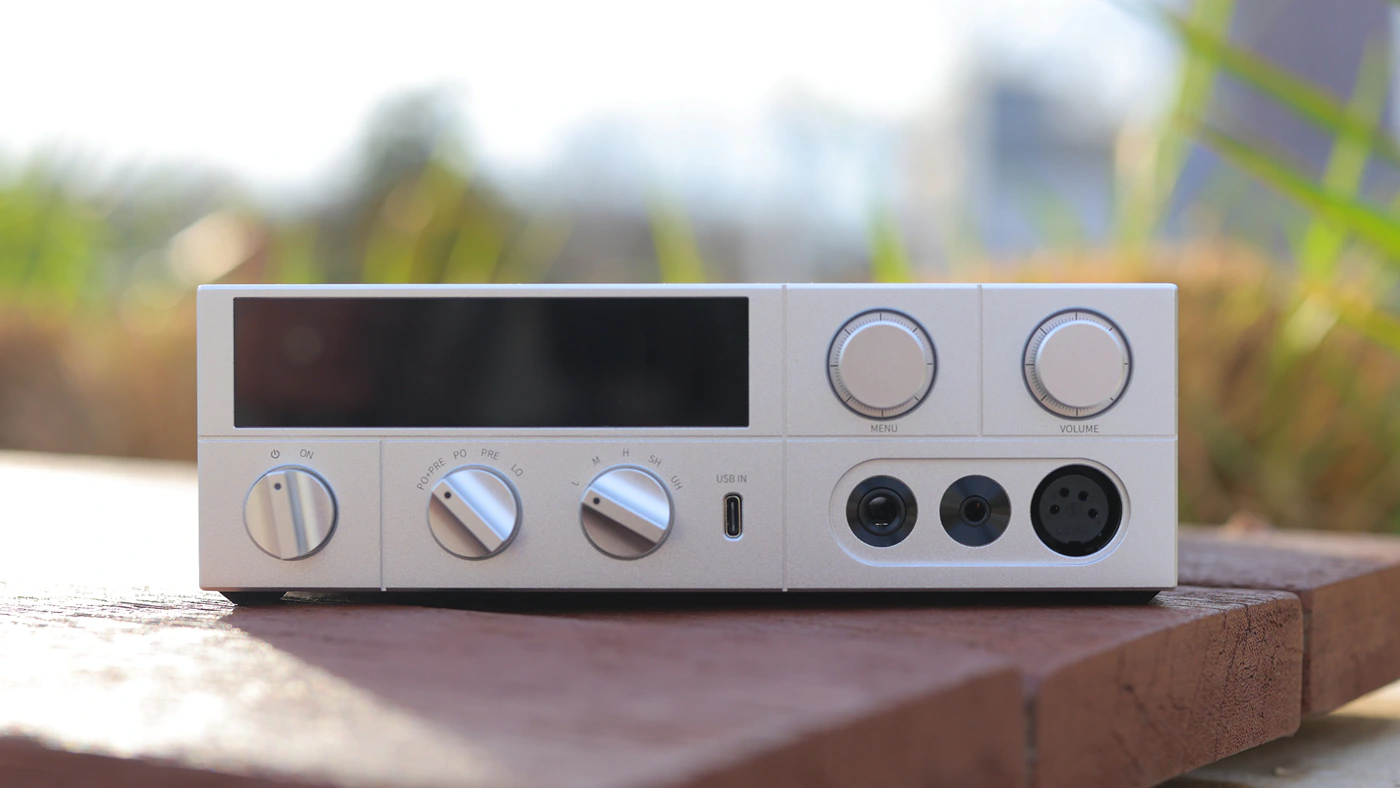
The maximum driving power, especially from the balanced output is plenty for full-sized headphones, and it handles Erzetich Mania really well, while the only headphone I have in my collection it cannot drive is HIFIMAN Susvara. With IEMs, you should not hear a background hiss and noise floor, although with ultra sensitive IEMs, you can occasionally hear a bit of background noise. With YanYin Carmen and IE900, it is barely audible, incredibly low, and setting the gain to Medium or Low will solve it, and using the single Ended outputs will also reduce the noise, although it reduces the overall sonic performance too. All in all, K17 was made either for desktop stereo speakers or large, harder to drive headphones.
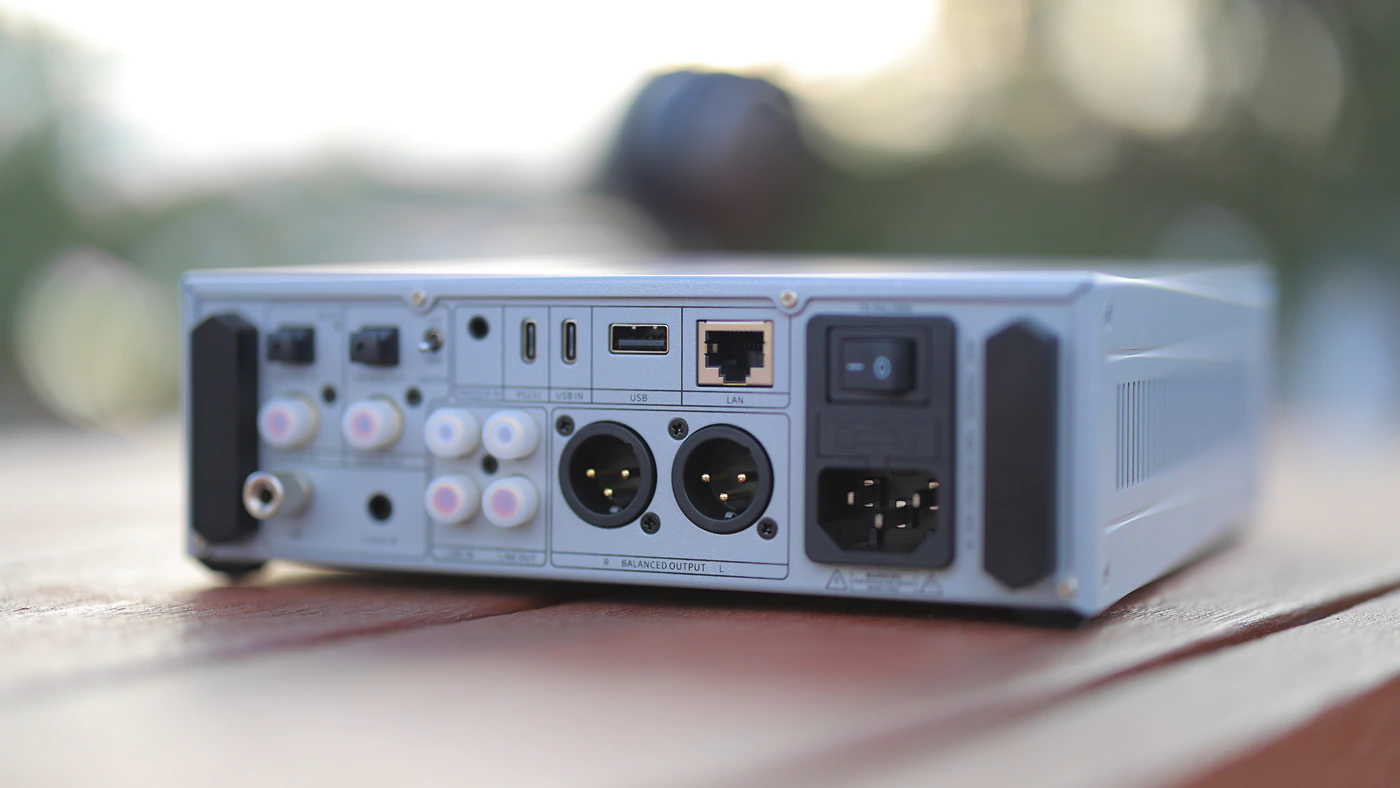
Moritz Dragon is a particularly sweet pairing, it is a sensitive pair of IEMS, but it scales to new heights when powered by K17, it really shines in resolution, clarity and impact, punch and how lively the midrange sounds. Hifiman Susvara Unveiled has also mostly been powered by K17 for the past couple of months in my setup, but that is because K17 is so darn convenient, yet it has more than enough power for Sus U, it has the right holographic staging and lively midrange with a bit of extra oomph in the bass. To be completely fair, Sus U does almost exhaust the whole volume potential, and I bring even on Ultra High Gain, the volume up to 75 / 100 on K17, but it still has headroom left.
Overall Signature – FiiO K17 is one of the most natural / neutral DAC/AMPs created to date. This time around, I feel like it has a much higher enjoyment factor compared to K9 PRO ESS, and while I can still call K17 neutral, it has an incredible bass kick and punch, a thumpy low-end presentation, a bright but controlled treble, incredibly high resolution, and above everything it has outstanding dynamics and a colorful, vivid, “alive” presentation. I am in love with the sound of K17, it is basically my dream desktop DAC / Headphone Amplifier, it is what I consider to be perfection as a package and tuning. Of course, that is if you want a neutral-ish sound, K17 is transparent and does not impose any kind of coloration on the headphones / IEMS / Speakers it is driving, but lends any setup the resolution and clarity it has.
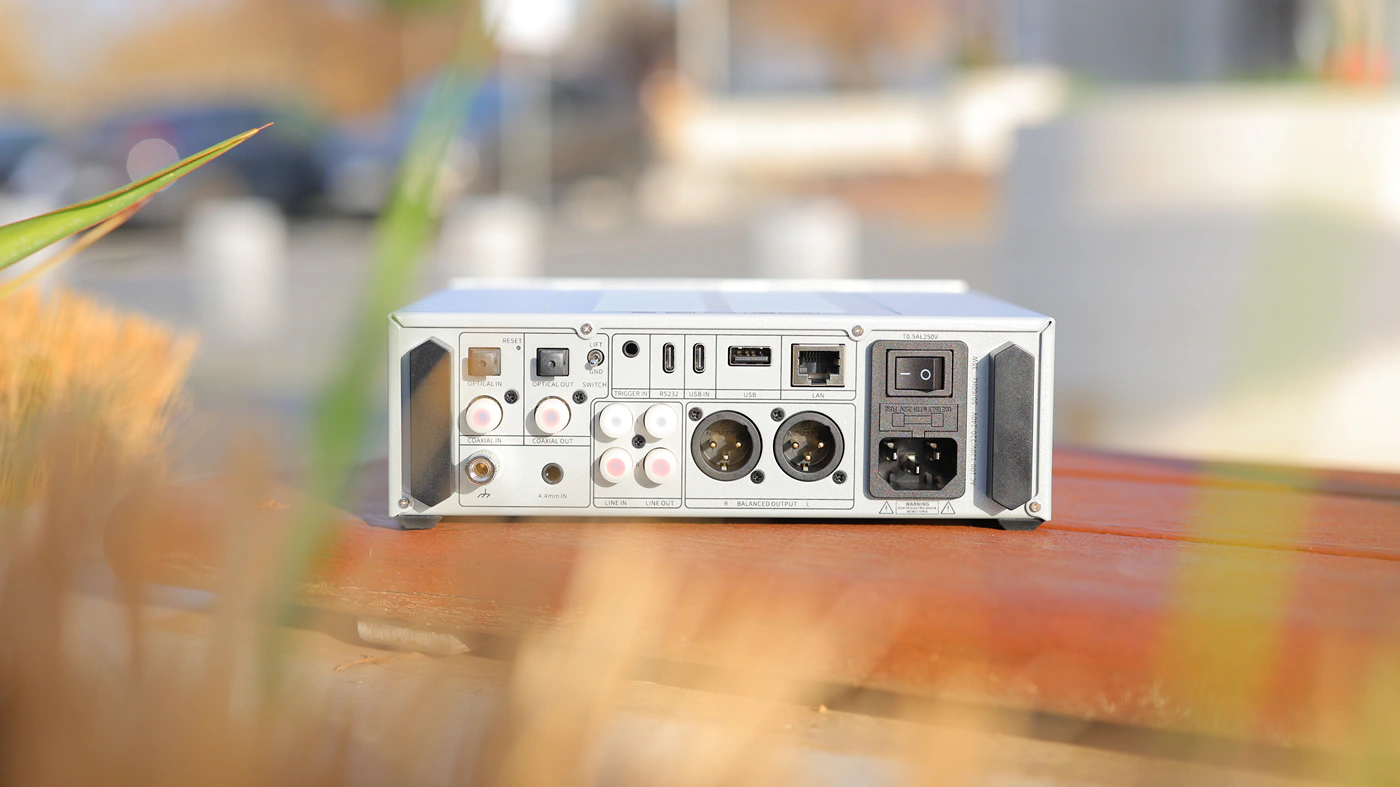
Bass – Starting from the bottom end, K17 is brilliant at delivering a punchy, fast sound with a clean and deep bass. It is fast, technical, but doesn’t feel dry or over analytical, it has enough body to make jazz and classical natural and smooth, but the bass presentation is generally close to neutral, with a smidgen of warmth to keep the sound interesting, lively and engaging. It is highly dynamic and impactful, so it works incredibly well for rock and metal, pop and EDM,
Midrange – Continuing right where the bass drops off, FiiO K17 has an incredibly engaging and vivid midrange, it has a technical performance, highly resolving midrange with a rich layering and resolution, and it emphasizes female voices a tiny bit more than male voices, having a slightly more forward presence in the upper midrange than it has in the lower midrange. K17 is generally a really fun sounding DAC / Headphone AMP, it feels energetic, has a pumped-up sound, with a ton of energy and life. This makes music engaging and lively. For sure it is not laid back or relaxed, quite the opposite, you will feel like each guitar solo is real, vivid and being played live, right in front of you with all the added drama and energy.
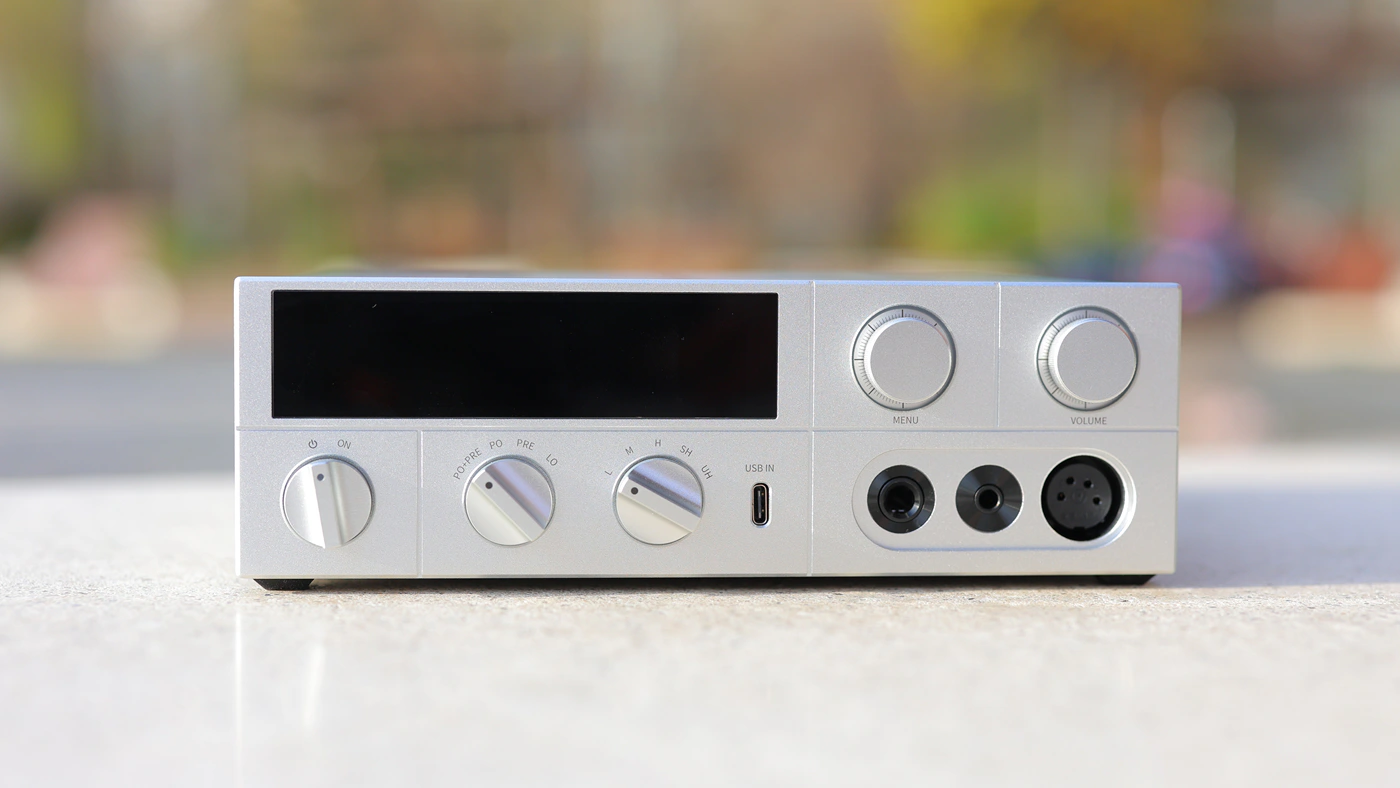
Treble – To top off the rather lively sound, K 17 has a strong extension, reaching the highest octaves with ease, giving music brilliance, punch, sparkle and life. With an airy treble, sparkly presentation, it has just the right body and presence in the treble to make most music stand out, enhance instrument separation in music and to create a sound that stays engaging and well-defined. I really like how it is transparent, allowing smooth and lean music to be lean and smooth, but also allowing aggressive sounding bands with a ton of brightness and energy to present that energy, rendering it for the listener.
Dynamics / PRaT / Textures – FiiO K17 is highly technical, it has an exceptionally dynamic sound, you can expect to hear almost every single texture, for everything to be rendered and revealed to you. It has what I am willing to call a detailed, highly resolute sound. Every single detail and intricacy in music is revealed, every single bit rendered, every single texture makes sense, lyrics in songs are highly resolving and I am falling in love with K17 more day by day when I hear the kind of sound it presents to the listener.

Loudness Saturation Gradient – I am going to be brief, K17 is perfect, same sound, same resolution same signature at all volume levels, this is pure perfection, even noise floor does not increase with volume and it never becomes audible, I am in love with the way it handles all music. Volume Gain go from Low to Medium, High, Super High and Ultra High, there is a slight overpower feeling in the Ultra High, but you will almost never need or use it in reality, unless you’re trying to power Susvara Original, although for that one you might actually need an external AMP and to use K17 as a DAC instead.
Soundstage – I always leave the soundstage at the end as it is a more ethereal aspect of music, FiiO K17 is incredibly wide, holographic and has a strong instrument separation, with excellent definition between layers and between music instruments. It is simply put, wide, deep, tall and each layer plays in its own space, really well defined from the other layers. This gives music an engaging, large feeling, each song is magical in its own way, and K17 is still transparent, it does not scatter, it allows all music to shine the way it was intended to.
Comparisons
FiiO K17 vs HIFIMAN EF600 (899 USD vs 799 USD) – Differences are visible right from the start as EF600 is vertical, and K17 is horizontal. From a functional perspective, K17 has more functions, including some streaming and Preamplifier functions, while EF600 does not have a PRE function, only DAC function. On this note, EF600 has an audible background noise level both with sensitive IEMS and also when driving speakers as the DAc in the configuration, while K17 has no audible background noise with either IEMS or when it is used as a DAC. Maximum driving power is comparable, but sound is a bit different, K17 is more neutral, a bit tighter, and more precise, while EF600 has a more grandiose sound, it expands more, punches with more force, but also has a slightly lower control in general, sounding angry and in-your-face, compared to K17 which has a much more controlled sound that relies more on technical details. EF600 can be found selling for a lower price if you wait, and if you mainly drive hard to drive headphones and not IEMs, and if you don’t plan to use it as a DAC for a stereo system, it can be a very good option. On the other hand, if you do plan to use your DAC AMP as the DAC for your system, K17 will offer that better.
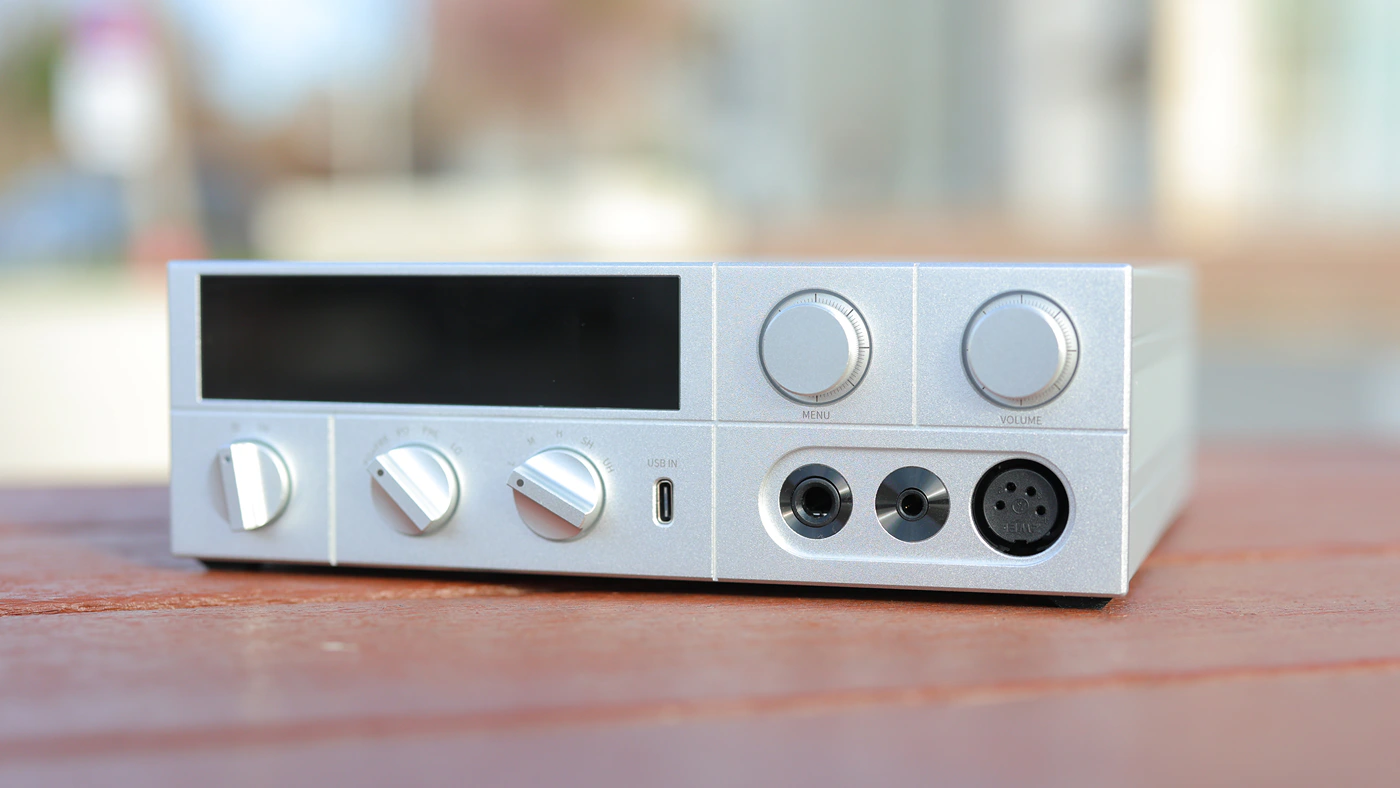
FiiO K17 vs Rose Technics RT-5000 (899 USD vs 699 USD) – I consider RT5K to be an incredibly sweet desktop DAC AMP, and both RT5000 and K17 have a bit of vintage magic, but while K17 is much thicker physically, RT-5000 looks sleeker, has wooden and leather insertions, golden accents, it wins in aesthetics. Both serve basically the same purpose, both have a good bluetooth integration, but K17 has a considerably higher driving power for hard to drive headphones, and it is generally more silent when it has to and more powerful when it has to be. Sonically, K17 is fairly transparent, neutral, wide and holographic, with a good amount of detail and technical performance, while RT5000 is a much warmer, smoother, more bloomy and musical sounding DAC AMP. I think that in general, K17 is a better choice if you enjoy a brighter, more open more vivid sound, while if you want a softer, warmer sound that is less technical and more musical, you will like the RT5000 more.
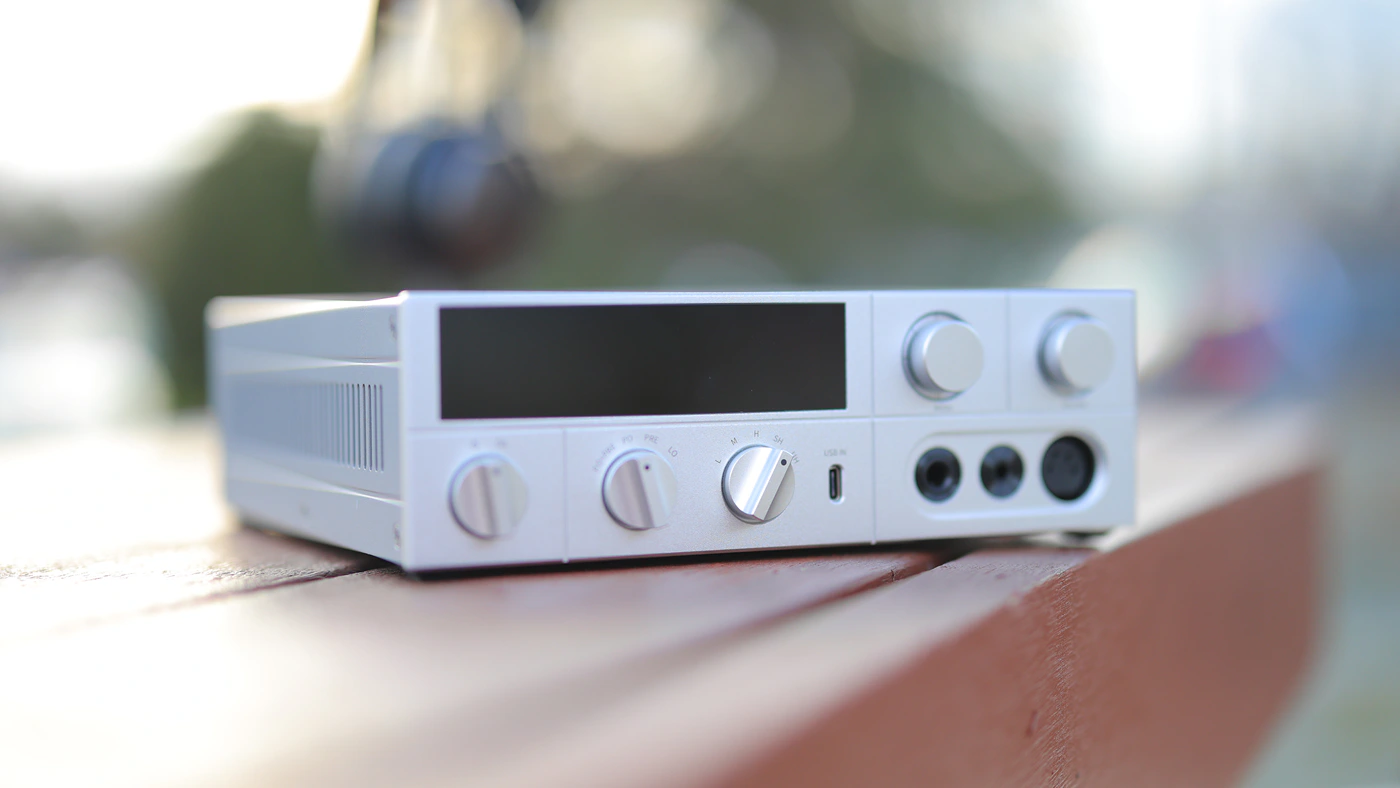
FiiO K17 vs FiiO K9 PRO ESS (899 USD vs 849 USD) – While this is likely the most important comparison, most of the features both DAC/AMPs support are the same, although I prefer the design of the K17 considerably over the design of the K9 PRO ESS, as K17 looks both more vintage and more modern at the same time. Generally, there is not a big difference in how you use both, although there is a huge difference in how they sound and how well they can power headphones and IEMs. On this note, K17 has a quieter background noise level, it has less noise when used as a preamplifier, less noise when driving sensitive IEMS and a far higher driving power when driving hard-to-drive headphones. Sonically, K17 sounds much more detailed, more vivid, more alive and engaging, while K9 PRO ESS sounds much more reference but also flatter. The soundstage is much wider, and deeper on K17, voices are more colorful and vivid, and the entire sound is much easier to enjoy, while K9 PRO ESS is incredibly neutral. If you are buying now, I would recommend the K17, and I would also recommend it as an upgrade from K9 PRO ESS.
Value and Conclusion
FiiO K17 has a price tag of 899 USD, but it is far better than K9 PRO ESS, it is better than most of the market when it comes to its technical performance, maximum driving power, low background noise, and if I had to have just one DAC / Headphone Amplifier, I could likely enjoy music really well with just FiiO K17 for the rest of my life. It is simply that good, vivid and sonically fun
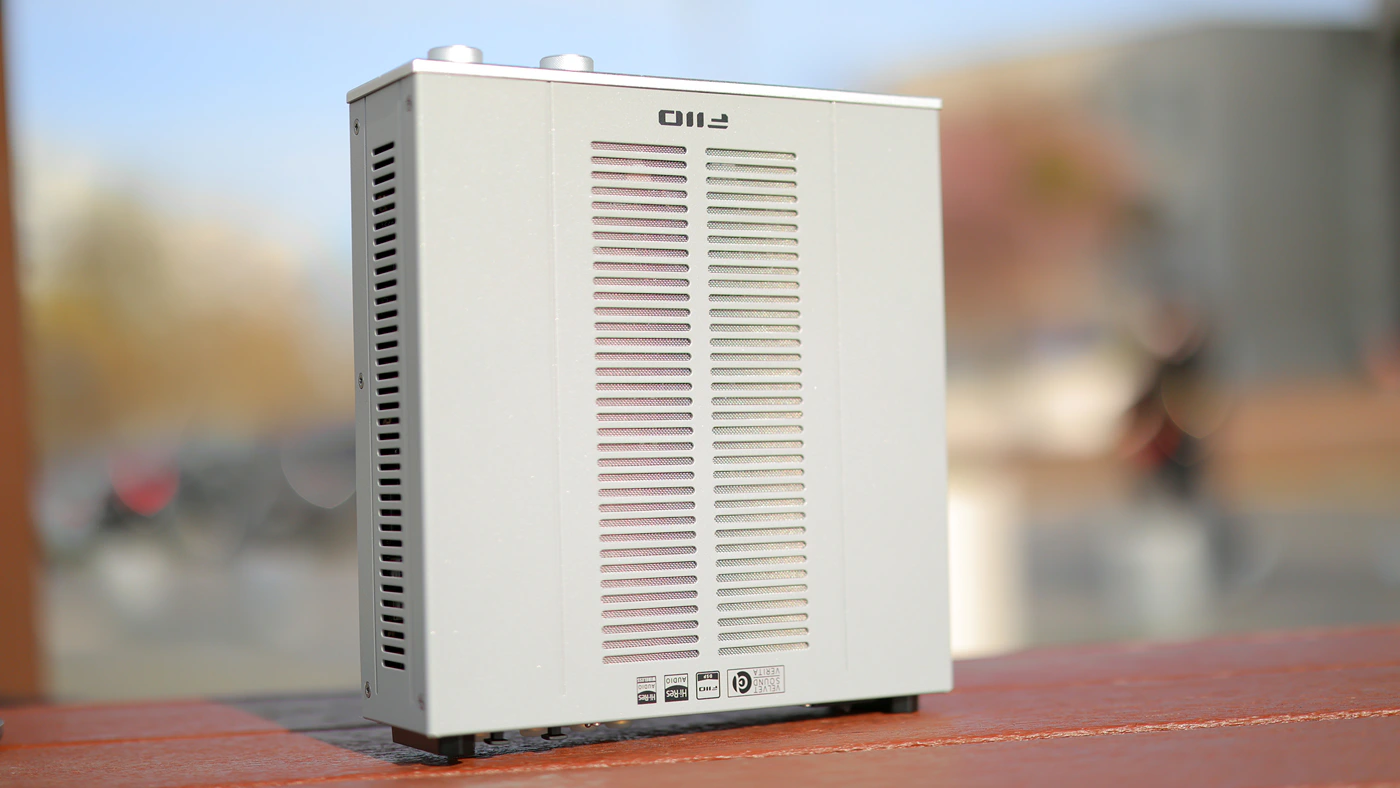
Award – Before the end of the day, I feel like respect and love has to be given where it is due, so I will be adding the new FiiO K17 DAC / Headphone AMP / PREamplifier to the Audiophile-Heaven Hall Of Fame as one of the best I’ve ever heard and a unit that I have daily on my desk.
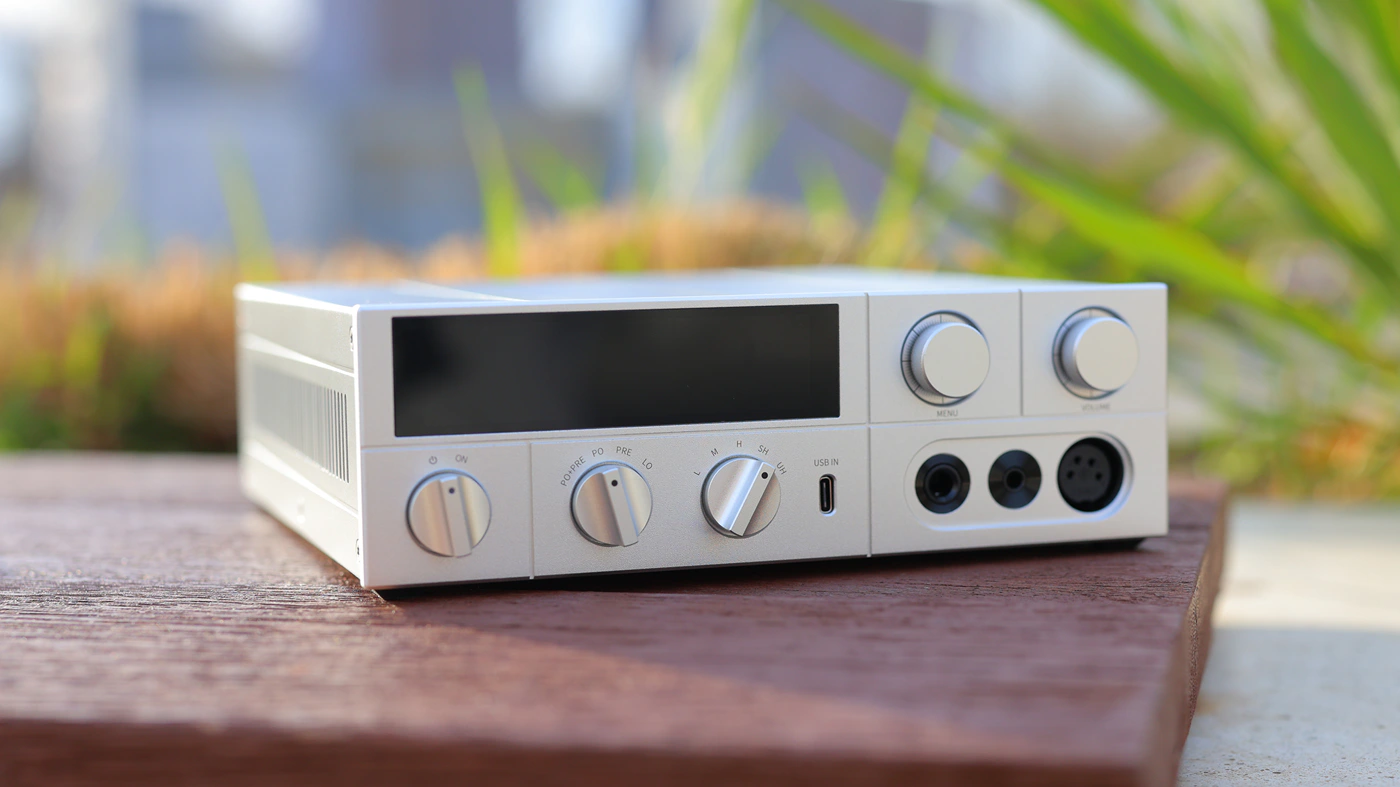
At the end of the day, if you had to have just one Desktop DAC / Headphone AMP, right now K17 has the best balance of driving power, technical resolution, beauty, sonic performance and overall enjoyment that I consider it to be perfect, and a unit that you absolutely must hear and consider.
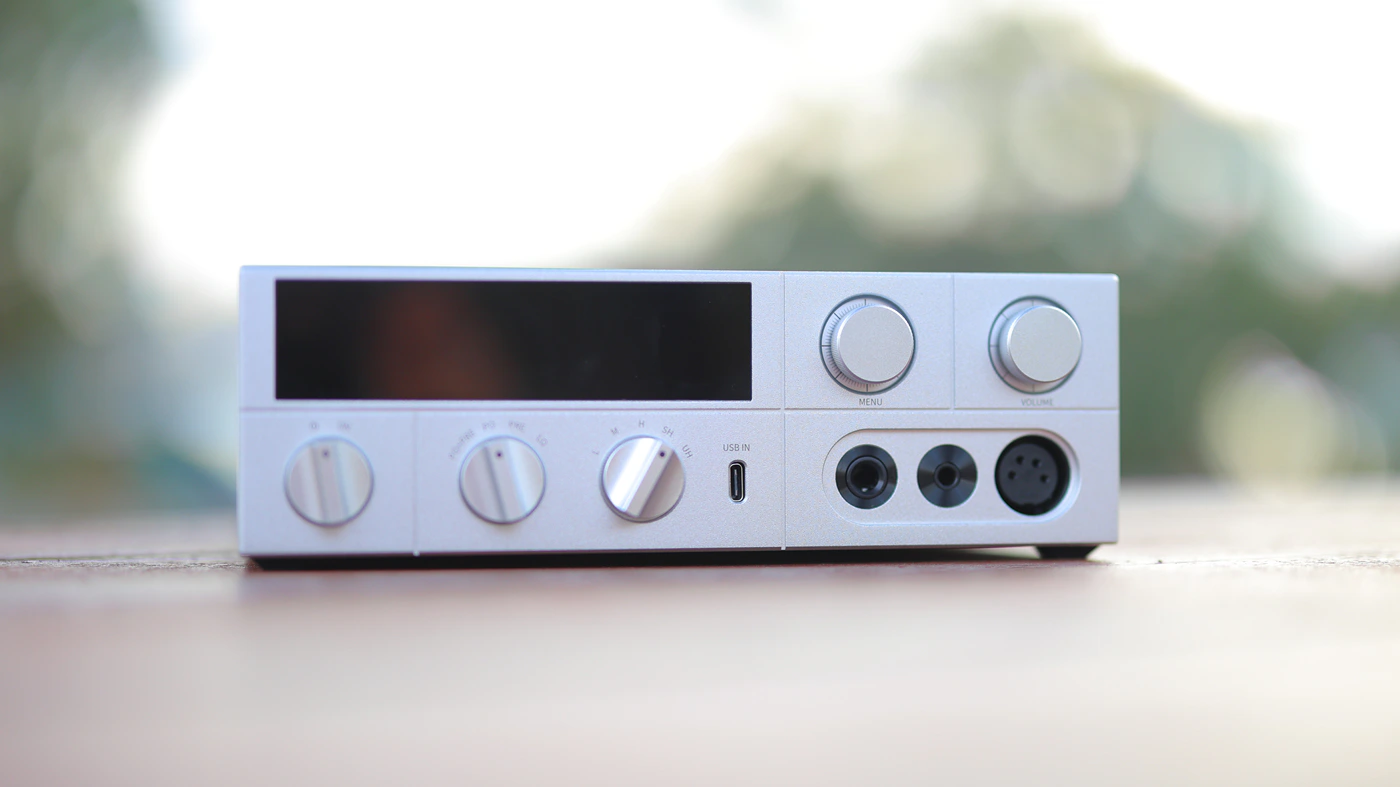
PROs
- Outstanding sonic performance, high transparency, resolution and technicalities
- Wide, holographic, with a strong instrument and layer separation
- Incredible performance for the price point
- No background noise with headphones or stereo systems when it is either a DAC or a PRE
- Beautiful design, especially for the silver variant
- No USB DAC delay
- Generally perfect software, implementation, high driving power
- Beautiful LED rings for the volume control and selection wheel
Cons
- It gets quite hot during usage
- It is not obvious right away that the display is also touch screen, so it took me a long while to figure it out
- No 3.5mm headphone output
- Vertical USB Type-C input at the back seems easier to damage
Product Link
Amazon – https://amzn.to/43xSFO6
Aliexpress – https://s.click.aliexpress.com/e/_oEixUWK
--- Please remember to stay safe, and always have fun while listening to music!---
- If you have a dime to spare, please donate, and help us! It would make the day brighter for me and my wife-
Full Playlist used for this review
We listened to more songs than those named in this playlist, but those are excellent for identifying a sonic signature. I recommend trying most of the songs from this playlist, especially if you’re searching for new music! The playlists are different for Spotify, Tidal and Youtube, and based on the songs I enjoy and are available on each!
https://www.youtube.com/playlist?list=PL_cjBXGmwSHSdGcwuc_bKbBDGHL4QvYBu
https://open.spotify.com/playlist/5J3oloz8Riy9LxEGenOjQ0?si=979ba4f082414be7
https://tidal.com/browse/playlist/330fd544-8e5b-4839-bd35-676b2edbb3d5
--- Contact Us ---






Thanks for the excellent review. Audiophile Heaven is one of my favorite sites.
What would you say: Which is the winner sonicly,
hifiman serenade or k17?
I already have a serenade and am considering getting a second unit or the k17 instead. I own a he1000 unveiled too 🙂
Greetings from Germany
Serenade has an upgraded version with low hissing and noise – if you get that one, Serenade is superior sonically. But MUCH larger, K17 is smaller and more ergonomic. Feature wise, K17 has better features too….
which one you think better with HE1000 stealth? Serenade vs K17 or Xduoo TA32?
I use K17 the most, smaller, yet just as good as the serenade, plus it has no hum or noise
Excellent review as usual, George! Fiio is really stepping up their game.
This is a perfect example of one of your reviews about a piece of equipment that I have no interest in purchasing, but nonetheless I read start to finish because your writing is so good. You are one of the best in the industry – well done!
Thank you so much, and always happy to help!